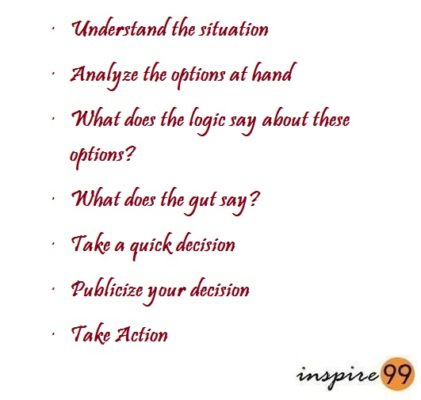Monitoring employee activities is never easy. I often question whether this is necessary. I recall – the first company I worked for had websites like Facebook, YouTube, etc. blocked. It was about 12 years ago, but I am shocked to find that some companies do that even now.
The result was that employees were trying to find ways of using proxy servers, etc. The only point I am trying to make in this post is the fallacy in trying to police people and force them into doing work. The more a leader or manager tries to block distractions – it brings up a rebellious spirit which is a negative one to balance.

The answer however is in trust and of course not a blind one – but comes back to the difference between delegation and steering from micro management. We talked about the detrimental effect of a micro manager in one of our previous discussions. This controlling and prohibitive aspect borders around the same facet for me. This article centers around:
- Negative effects of monitoring
- What is the end goal?
- How to enhance productivity and tie in employee goals to desired outcomes
Monitoring Employee Activities – The Cause and Effect
It is quite simple. The first question we need to ask is: Why are employee actions being monitored? In this case I mean – tracking employee emails, use of keystrokes, etc. Sometimes companies go to the extent of monitoring their data usage, websites surfed, etc.
I sometimes wonder if these exercises are done to identify and pin a mistake on someone. This works in a scenario where an employee has been complained against misuse of resources. I can see a rationale to that. But if we are to create a culture of trust and develop high performing teams – it cannot start off on the note of doubting each other.
The primary tenet needs to be trust following which we can have reasonable conversations with employees on achieving results.
The more a company tries to restrict an employee, the more untrustworthy it becomes. If we are looking at attracting millennials to such an organization, we are immediately looking at negative reviews and very soon the company will struggle to hold on to resources.
If the outcome we are looking at is improving performance and productivity, there ought to be better solutions than monitoring employee activities closely.
What are you trying to achieve by monitoring employee activities?
This is a far more important question to ask than diving straight into monitoring someone’s use of time. I have tried daily logging of time, looking through time-sheets etc. They provide a picture of how time is being used.
However, if we are looking at monitoring employee activities through these logs and use of time, we are already starting a lost battle. In this case, no matter who wins, the organization, leader and culture stands to lose. Yes, you may find that someone is misusing resources, but the impact it creates on others is quite disturbing since we cannot be discriminatory and everyone in the company needs to be treated with the same monitoring.
We are very soon looking at discrimination and an overhead of imposing restrictions on even the best performers because we are approaching this in a very restrictive manner.
How to achieve productivity without monitoring?
It all comes down to the trust between an employee and their manager. If this starts to diminish, we would need to look at ways to improve this. I would like to assume that monitoring employee activities is the last step of consideration.

From a manger’s perspective, they just need to achieve the goals needed for this company. You would need to do everything to provide an inspirational aspect to it. This would involve explaining the importance and timeliness of each area of work. If that’s not being met, you can talk about its impact on the business and final impacts on everyone in the business.
Most times, we can get more results from clarifying the goals and treating everyone as a part of the team instead of segregating them.
We can create quarterly goals to clearly define what’s expected of the employee and then split them into monthly and bimonthly goals. If someone is not performing well, an employee review could be having bimonthly meetings to discuss the goals, items achieved, etc. If they are not being met, the necessary help can be provided
Summary:
I would look at employee monitoring as the last step if someone is not performing even after sufficient warnings and effort. If a company uses this as a standard requirement from everyone, it is a very negative culture to be in the first place.
Everything in an organization needs to start from a place of trust. Only when this is breached, we can start thinking about employee performance monitoring and getting disciplinary action on board. A disciplinary action sometimes may sound more logical. But we might be able to get better results and achieve a better culture if we can trust people better and focus on the expected outcomes rather than actions alone.
